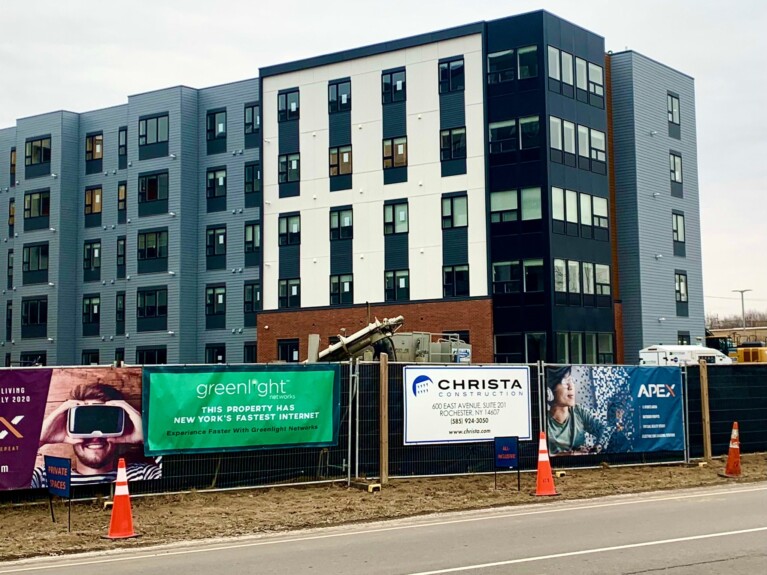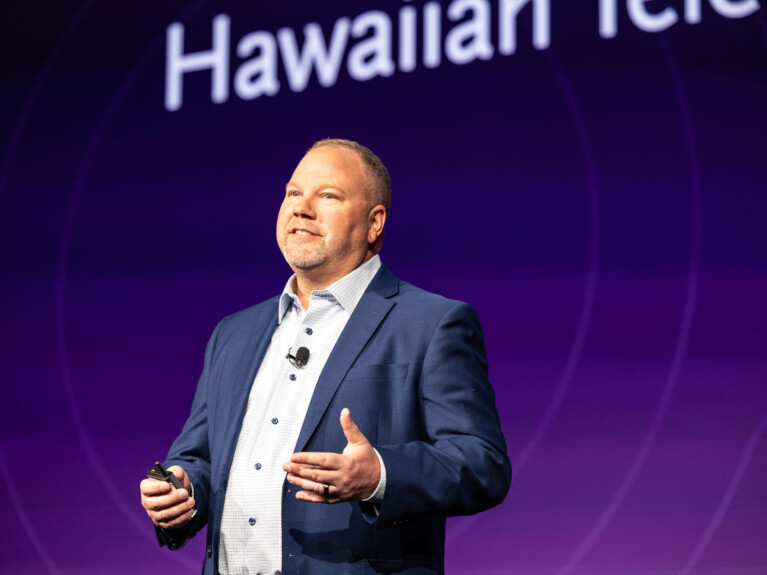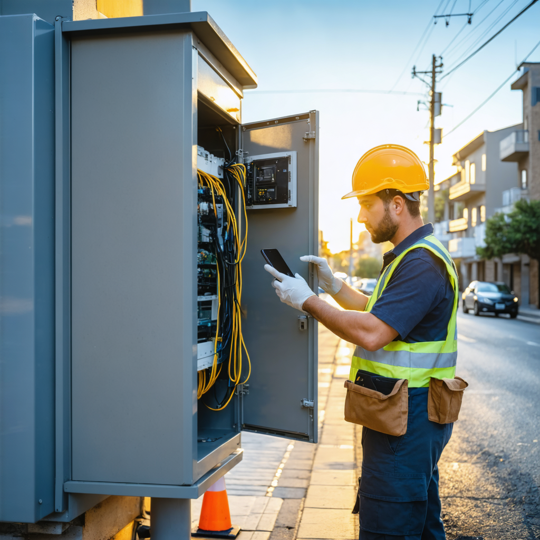The Chickasaw Nation’s Carrier-Grade Network
Encompassing over 7,600 square miles of south-central Oklahoma and all or parts of 13 Oklahoma counties, the Chickasaw Nation is a vast enterprise that employs more than 14,500 people, according to the Office of the Governor, and generated $3.5 billion in its most recent fiscal year with net assets exceeding $7 billion. The Nation operates numerous businesses in Oklahoma and across the United States, with a portfolio that includes banking, entertainment, hospitality, manufacturing, and gaming.
One of the many components of the Nation’s economic success is its creation of Trace Fiber Networks, a wholly owned subsidiary that built and operates a fiber network serving the businesses, tribal government offices, hospitals, libraries, and communities in south-central Oklahoma. Originally a middle mile network designed to link tribal data centers, Trace is now providing business services and expanding its network to deliver fiber to the home.
Trace’s origin story starts in 2015-2016, when the tribe wanted to increase its high-speed connectivity within its enterprise operations. There were nine telco incumbents with legacy exchanges within the Nation’s footprint and a multitude of cable providers providing some form of broadband.
“We, as the Nation, had built and were consolidating some data centers,” said Josh Snow, President, Trace Networks. “The need for 10 Gig and above speeds became necessary. When we started getting the prices from the existing incumbents, we saw considerable special construction costs attached to those builds. We analyzed those costs and concluded we could build and own the network instead of paying a provider to build their network and then charge us on a monthly basis.’”
Building and owning the network would provide significant benefits, including the ability to manage costs and get faster speeds at lower prices. “What the business cases really proved is that once we had the fiber, we could, on day one, go from 500 Mbps connectivity to 100 Gbps connectivity,” said Snow.
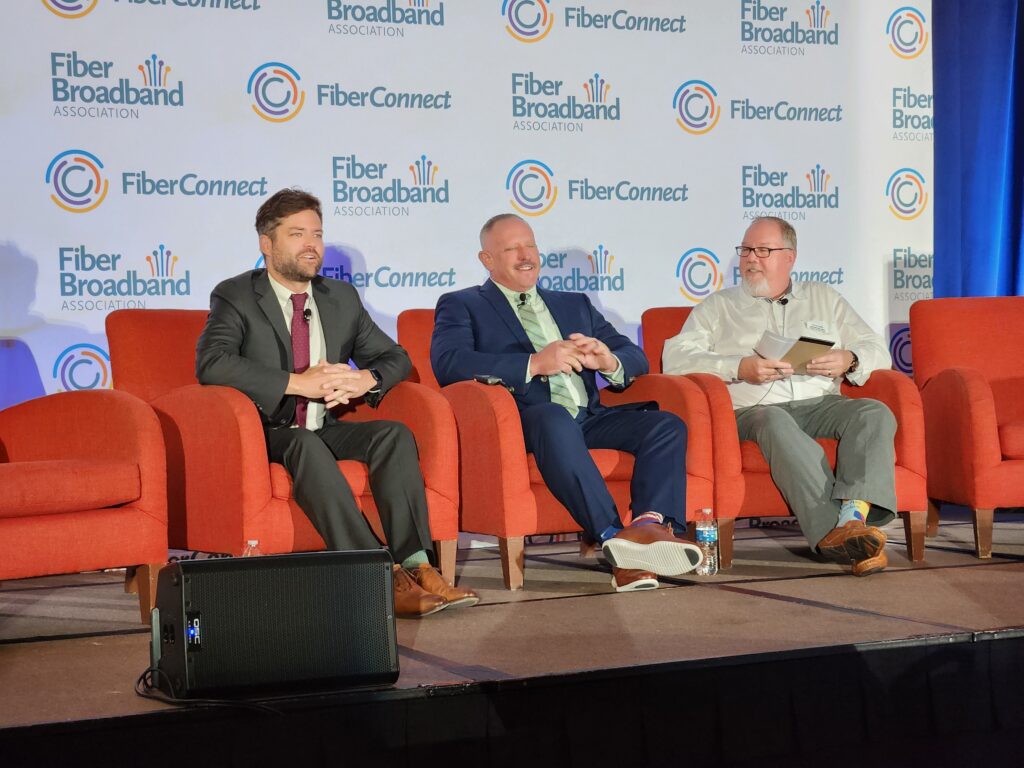
Trace Fiber Networks president Josh Snow (Center) discussing how the Chickasaw Nation decided to build its own carrier-class network to serve the needs of the community. (Source: Doug Mohney)
Compared to the substantial special construction costs and projected monthly service fees from the incumbent provider over five- and 10-year periods, it became clear that the tribe could build and operate its own sovereign middle-mile network on a cash positive basis within a decade just for its own internal uses without having to bring in third-party revenues. The business plan and feasibility study went to the tribal leadership and council for business review, with Trace being created in 2017 and starting construction shortly thereafter.
“I think the thing that sold the deal was the generational impact,” said Snow. “The network would have a useful life of at least 20 years, and we would be reaping the benefit long into the future. It wasn’t just a one-time investment for a limited period of years. The Chickasaw Nation leadership really saw the vision- controlling our destiny from a digital sovereignty perspective, and ensuring backup, reliability and resiliency within our operations.”
Digital sovereignty is especially important to indigenous nations, with tribes being able to own and control their data on their own lands, rather than having it handled by a third party in the cloud. It is a stance very common within the European Union, with some countries having data residency laws that require companies to store data on servers within the country, so it is subject to the country’s laws.
It was also important for tribal enterprise operations as well as to support potential revenue customers to build a middle mile network that was truly carrier class, not simply point-to-point. “I was pretty adamant that we build a ring topology or not at all,” said Snow. “With 28 years of industry experience, I knew resiliency was going to be paramount in our success. We really built the network with that in mind.” To make sure that the network would have sufficient capacity both for near-term and future needs, Trace built three fiber ducts along the route, filling one with 216 strand cable and leaving the other two open for expansion.
Construction of Trace’s initial middle mile network started in 2018 and was completed in 2020, with around 550 miles. The network, built to carrier-class standards, provided the starting point for Trace’s continued service expansion beyond supporting the enterprise-class operations of the Nation and its billions of dollars of businesses, as well as community anchor institutions including K-12 and vocational tech schools, hospital and other health care facilities, and public safety organizations.
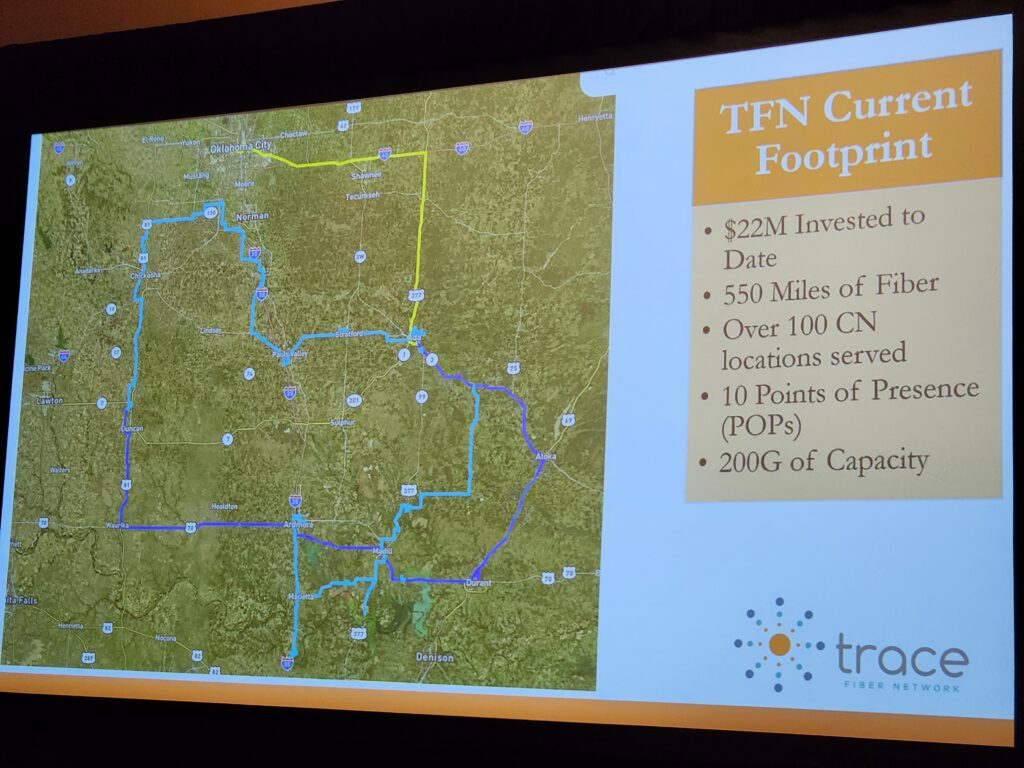
Trace’s middle-mile network, shown above, will be expanded and deliver FTTH broadband for several communities in the area. (Source: Doug Mohney)
“Our first initiative, which was self-funded, built to seven communities central business districts to pass 1,000 small and medium-sized businesses (SMBs),” said Snow. “It was a main street buildout to capitalize on that small/medium business.” Communities in the main street builds were at around 10,000 people or less and were either unserved or underserved by the incumbent broadband provider, typically a cable company with legacy coaxial infrastructure. Business customers outside of the local community include providing cellular backhaul for AT&T towers and to support the national FirstNet first responder wireless network.
Trace’s next expansion is built around $78 million in federal grant monies from NTIA and USDA RUS to deploy fiber to the home in areas of two counties with an expected passing of about 10,000 homes in total. “This is a rural build-out,” said Snow. “Four point five, 4.6 homes per mile, on the density.”
SMBs are able to get up to 2 Gbps connectivity while future fiber-to-home customers will be able to select from a basic package of 100 Mbps symmetrical service or opt for 1 Gbps symmetrical if they so desire. Trace also offers its business customers a full suite of telecommunications services including MPLS, VPLS, Ethernet, private line, and DWDM wave services all backed by SLAs and the ring topology Snow advocated from day one.
“That carrier-grade mentality was a big lift from a financial standpoint, but it’s already providing financial dividends,” said Snow. “We future-proofed our network so we wouldn’t have to look at the typical five-to-seven-year upgrade cycle. We have so much capacity now that it should be 10 years before we’re looking at any significant upgrades for network capacity.”
For tribes looking at the economics of running their own networks, Snow recommends them to “wrap your arms around your entire telecommunications” as the Chickasaw Nation did when it started evaluating its options, and calculate the total current spend spread across different organizations.
“You really need to look at it holistically, to come up with a true value in what you’re spending with various connectivity or telecommunication providers,” Snow said. “I think even smaller tribes can create a model that supports their future growth and capacity while reducing reliance on external providers. It’s certainly something that my leadership found to be very, very attractive.”



